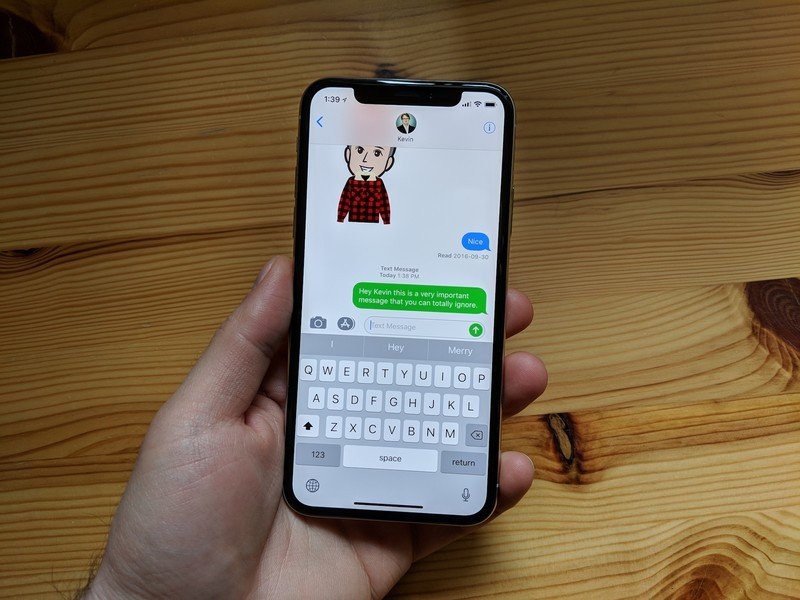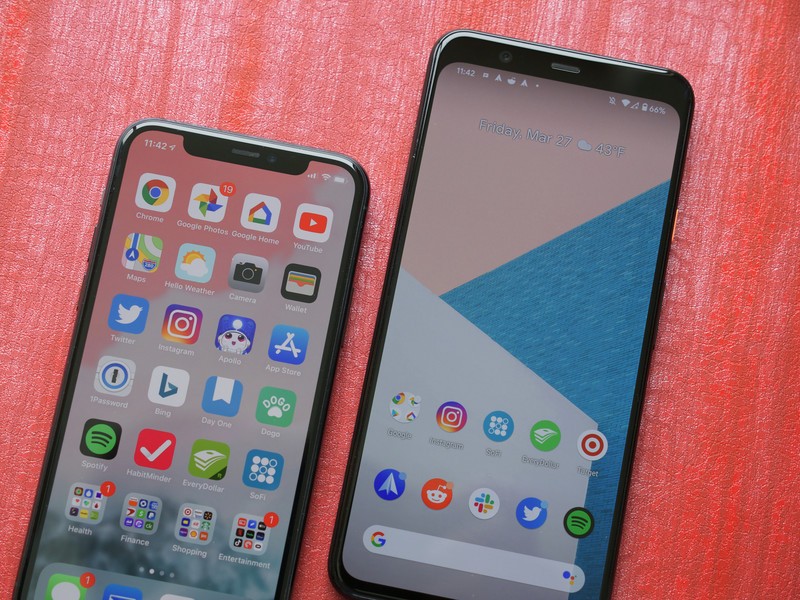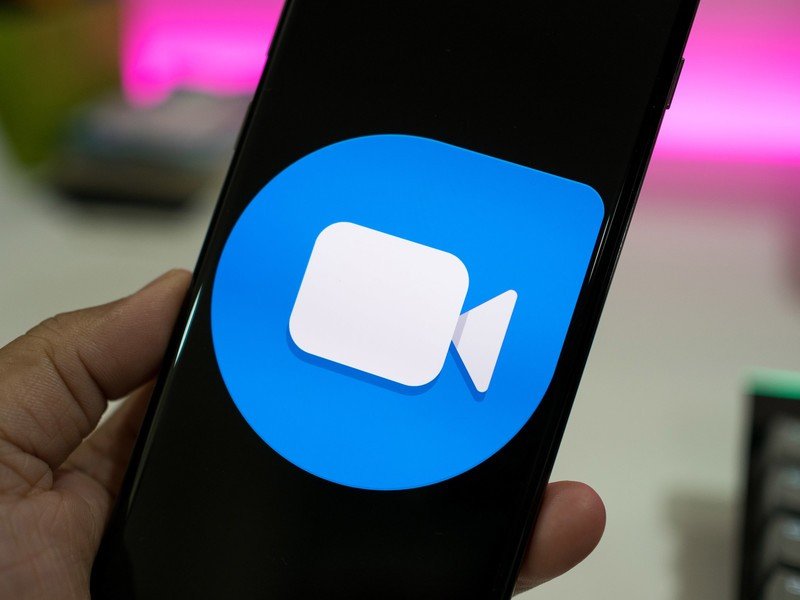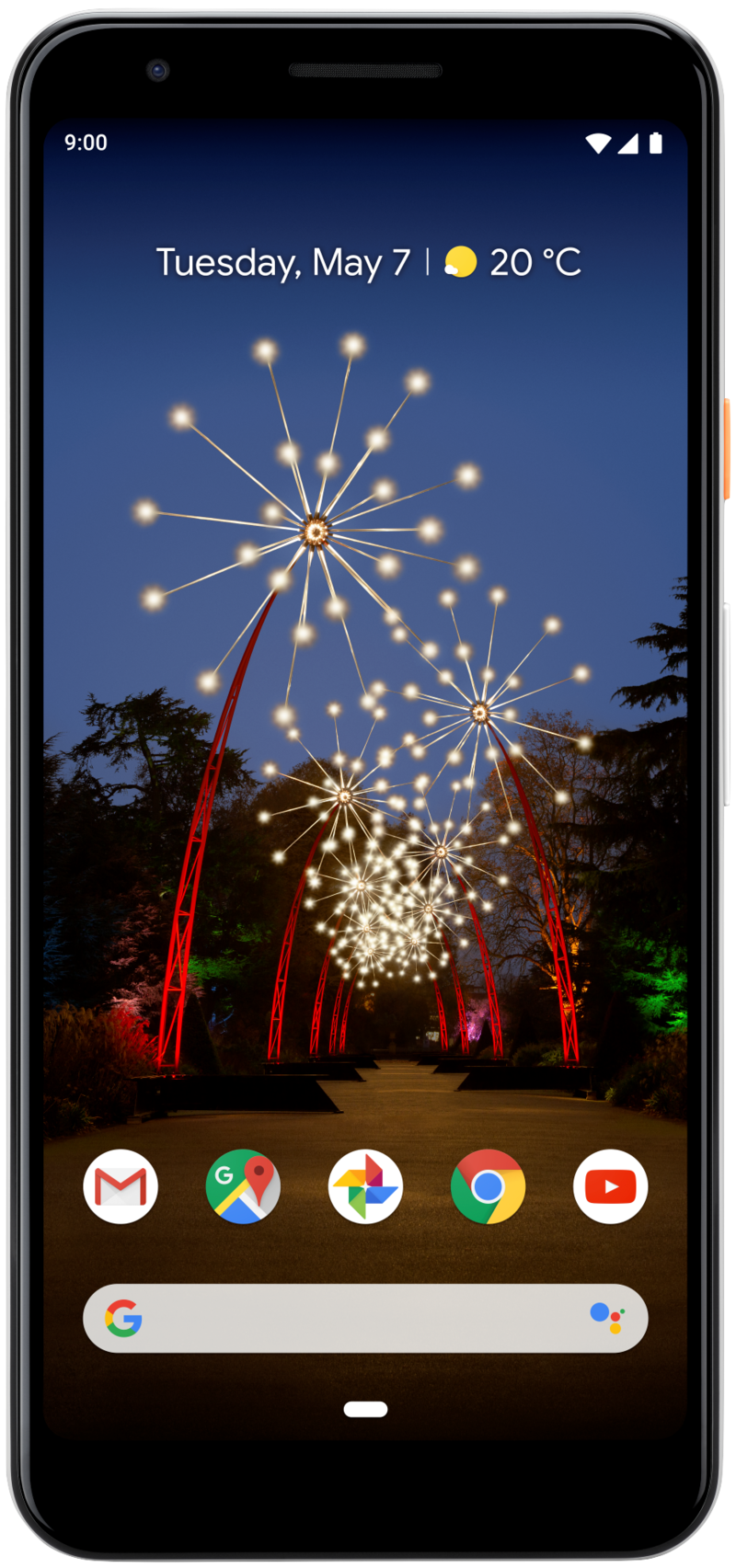5 tips for Android users to live in harmony with iPhone users

In a perfect world, everyone's phones would work seamlessly with each other. They'd all use the same services and apps for blissful communication and sharing regardless of manufacturer. Unfortunately, that's not the world we actually live in.
We have to deal with the feud Android and iOS, of iMessage and WhatsApp and various messaging apps, social networks, and photo-sharing services keeping people siloed into closed-off ecosystems. While it'll always be easier to share between two iPhones or two Galaxys, we're offering some tips on how to make cross-platform communication a little simpler and more reliable.
We'll start with the basics and move on from there. The trick is communication: if you have friends or family members with iPhones, talk to them beforehand about what services you use, and which ones you'd like them to use to communicate with you. Even set it up for them so they're familiar, which will prevent a bunch of confusion down the road.
The iMessage conundrum

This mainly applies if you've recently moved from iPhone to Android and have recently disabled iMessage: make sure to tell your iPhone-using friends to start a new conversation with you on their phone, otherwise you may never receive their texts, or they may never receive yours. This is doubly true in the case of group chats, since iMessage has a very difficult time (read: impossible) routing group chats to people who are no longer using the service.
The issue is informally referred to as the "iMessage Black Hole," and it crops up even when you, as a former iPhone user, do your due diligence in disabling iMessage on your old device before switching, or disabling it remotely using Apple's online tool. The reason is simple in theory, but complex in reality: Apple uses your phone number as a registration, telling iPhone owners that when it sends or receives a message from another Apple user it should "turn blue" and use iMessage.
The iMessage "Black Hole" is a real thing you'll probably have to contend with at some point.
While the deregistration process has improved over the past few years, it still causes problems when the iPhone user receiving a text from a now-Android user still tries to respond with an iMessage and the text never goes through.
A couple suggestions: ask your friend or family member to enable "Send as SMS" in the iPhone settings so, if the iMessage fails, it will try to send it a second time as a text. That should trigger future texts to go through properly. The other option is, if there's nothing terribly exciting in the thread, to ask the iPhone user to delete the old thread and start fresh. That will ensure texts will go through properly in the future.
Get the latest news from Android Central, your trusted companion in the world of Android
Finally, if you're suddenly finding yourself shut out of group texts because of your green bubble, the best thing to do is, well, keep reading.
Getting everyone on the same page

iMessage is great when everyone uses an iPhone, but you don't — so how do you get everyone chatting the right way?
You could keep on using old-fashioned SMS texting since your iPhone friends will still be able to talk to you through their Messages app, or you could shift everyone over to a different platform altogether.
WhatsApp is one of the most popular messaging app on the planet, and there's a good chance people you know already use it to some extent. It's 100% free to use, supports high-resolution file sharing, voice and video calling, and much more.
For group chats, we're going to suggest using one of two services: Facebook Messenger, which was built with group chat in mind and performs incredibly well on mobile and desktop; or Telegram, which isn't nearly as popular, but does an incredible job if you want to recreate the iMessage experience without having to, you know, actually use an iPhone. Telegram not only allows for big, beautiful, dynamic group chats, but it's fast and secure — and doesn't force you to have a Facebook account, which is, for many, a bonus.
Turn off your Advanced Texting options

One of the biggest complaints I hear from iPhone users is that they're never sure their texts are getting through to their Android-using friends. At first, I scoffed at this — it's likely user error, I thought — but I looked into it and it turns out some Advanced Messenger protocols from carriers, often built into carrier-sold devices from Verizon and AT&T, have the potential to be quite disruptive and may prevent texts from getting through because they're competing with iMessage.
You see, these "Advanced Messaging" apps try to recreate an iMessage-like experience for everyone using those proprietary apps on that particular carrier, but that's not an enormous subset of the population, and causes trouble in the long run. My suggestion, unless everyone in your life uses Verizon Messages, is to switch to a more universal SMS app like Google Messages or Textra. You'll thank me later.
The best texting apps for Android
Use other cross-platform services

The death knell of any Apple-only friendship is trying to use Apple-only services. The iPhone is great for some people, but Apple's photo backup service, for instance, isn't really compatible with the outside world.
To that end, if you want to send and receive photos easily, get your friends and family on Google Photos. We talk about this in our back up guide, but Google Photos also has some of the best sharing features of any photo service. Similarly, if you want to share notes or task lists, get them using Google Keep.
And if you miss FaceTime, there's always Google Duo for video calling, which is pretty darn good and uses less data.
Buy 'em an Android phone

This is kind of a joke, but not really: many iPhone users know nothing of Android, or may not have used it since the early days when Droids ruled and HTC was the king of the heap. Android in 2020 is everything iOS is and more, offering robust customization tools, incredible cameras, and a rich variety of handsets at a bunch of different prices.
It's easy and safe to stay within the confines of the Apple ecosystem, but if your family and friends are getting fed up with their iPhones and are looking to switch to something new, maybe it's time to school them on the best.

Pure Android at a fantastic price
If you know someone that's seriously considering switching to Android, you can't go wrong with the Pixel 3a. It's running a clean and simple build of Android 10, and with guaranteed updates through May 2022, will always be running the latest software. It has a great AMOLED display, fast performance, and takes incredible pictures — all at a price you can't argue with.

Daniel Bader was a former Android Central Editor-in-Chief and Executive Editor for iMore and Windows Central.
